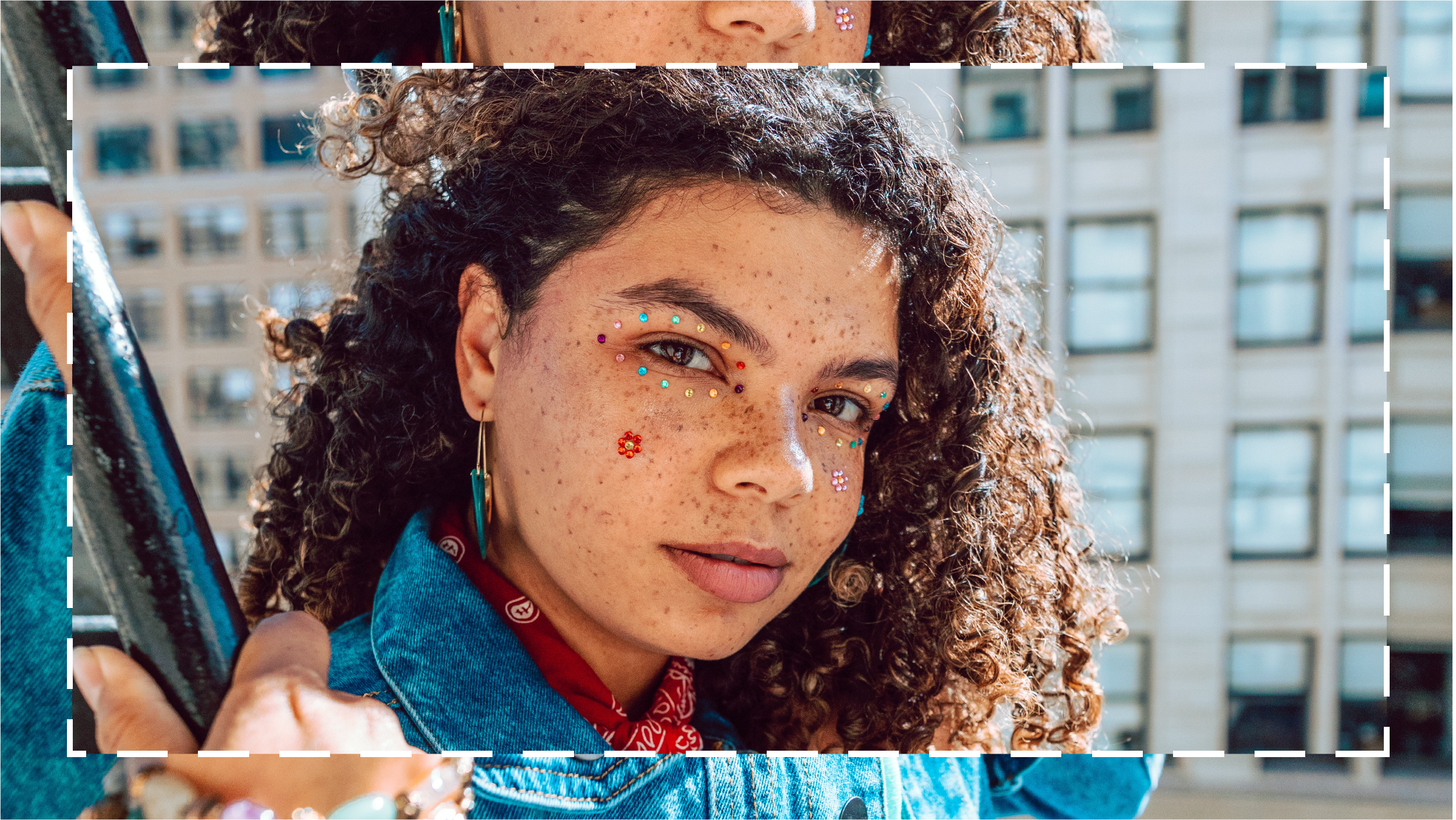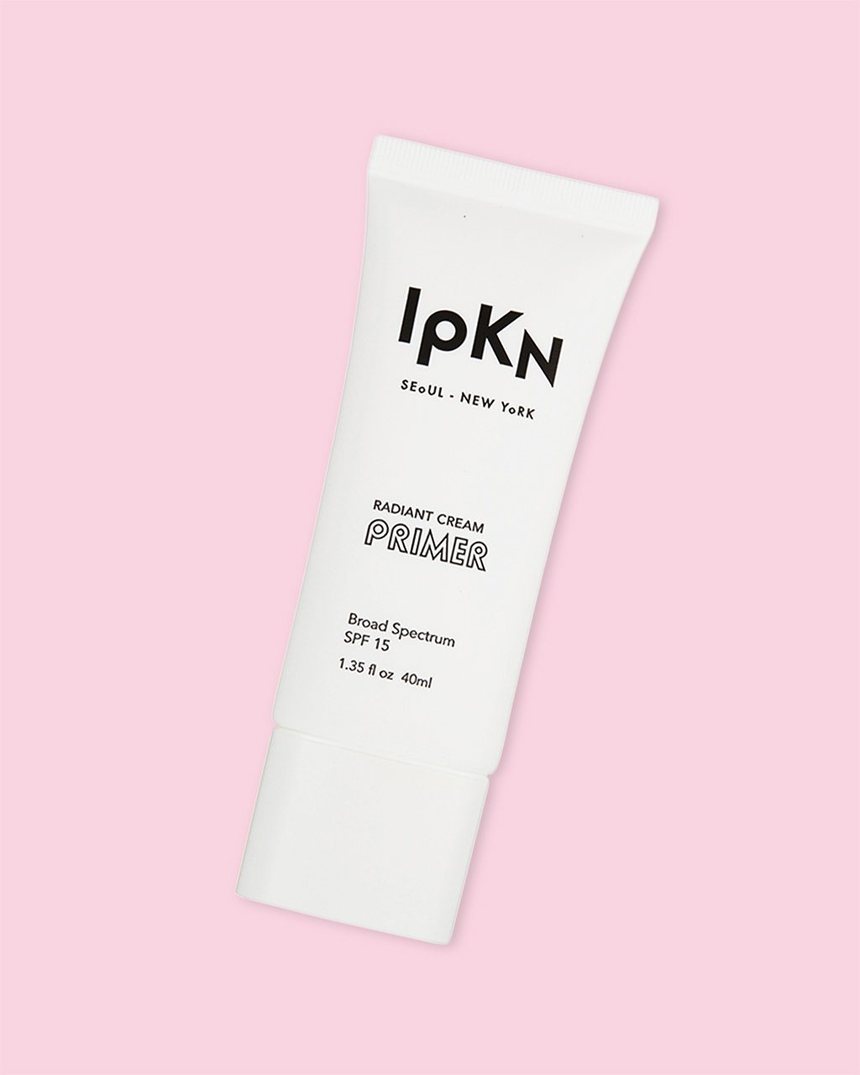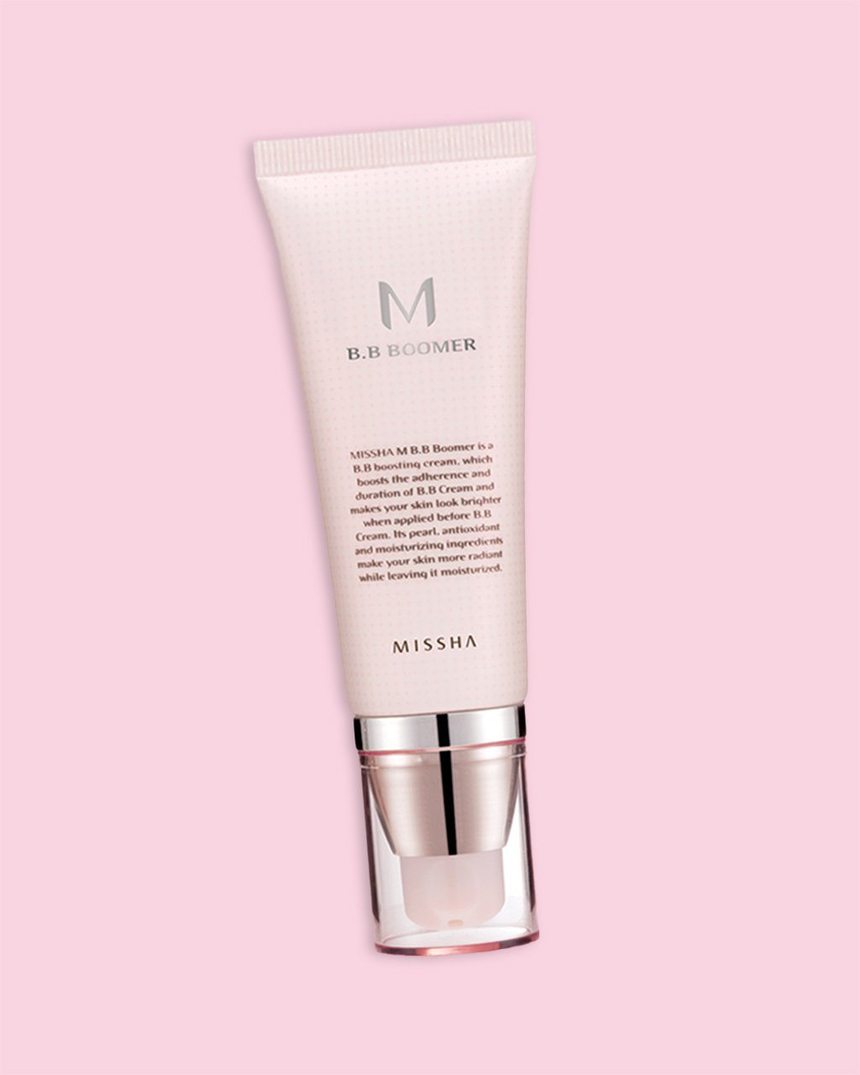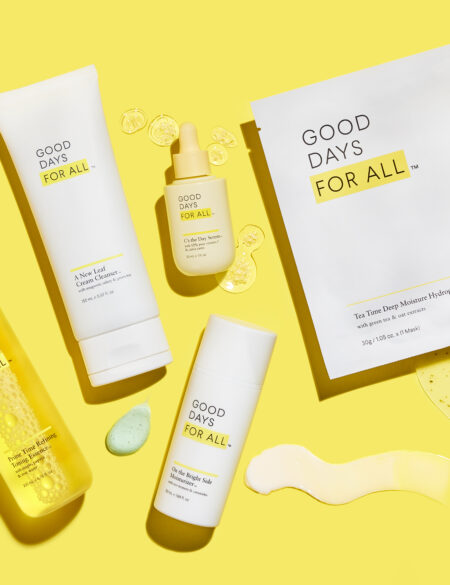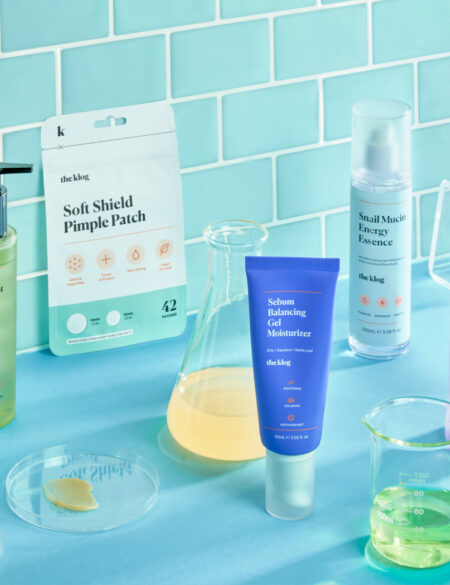This week, we’re focusing on how to use primer the right way.
Strange as it sounds, primer is one of the more divisive beauty products. Not really a skin care product, not really makeup, and all about subtlety, it can be difficult for a beauty junkie to define exactly how a primer really improves their routine. In fact, for some, it seems like primer can actually make things worse—with carefully applied foundation melting off every time you casually brush your face. But the problem isn’t with the primer; it’s with how you’re using it. Don’t worry, we’ve got your back—your primer on primer starts now.
Step 1: Choose the right formula.
There’s a reason there are so many different kinds of primers out there—a good primer can solve a myriad of problems. “Primer can act as a tool to fill pores and allow you to use less foundation,” says makeup artist Molly R. Stern. “It can even out the skin texture to help for a more flawless finish and can protect the skin from getting clogged by the foundation.”
Some are specifically aimed at keeping your makeup on lockdown (try the Missha M BB Boomer Primer). Tinted versions like the Stila One Step Correct can color correct blotchiness, diminish dark circles, and get the red out of acne spots, while luminizing primers create a soft glow that will keep skin looking dewy all day (try one in place of highlighter and foundation on lazy days). Most modern primers also have active ingredients that help improve your skin with acne fighters, moisturizers, and even antioxidants—we like the IPKN Radiant Cream Primer SPF 15, which helps balance skin’s pH with a fruit complex and adds a dose of SPF 15 protection.
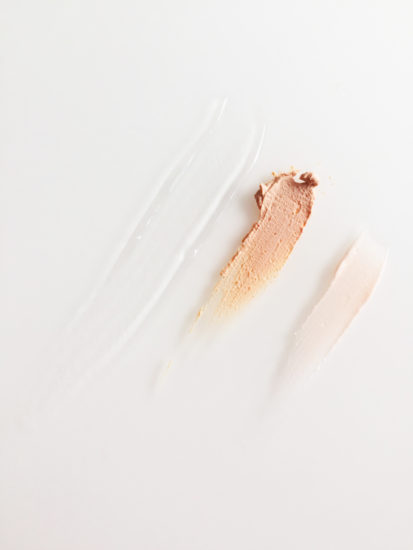
Step 2: Know the best way to apply it.
If a dab of primer is good, a dollop would be even better, right? Think again. Primer is designed to work as a very thin base layer; load up too much and it will start to stick to itself instead of your skin, leaving your makeup pilled before you can even apply it. A pea-sized drop is probably all you need for full face coverage—which doesn’t mean you need to cover your whole face, according to Stern. If you’re looking to smooth, focus your blurring primer on the areas where texture gives you stress. If mattifying is your end goal, slick on a primer with extra grip to the spots where you’re the oiliest. Think of it as taking your multi-masking to the next level.
For actual application, primer is the one time when the best tool is no tool at all. Brushes tend to drag the primer around without letting it settle in on your face, so opt for smoothing primer on with your fingers, then step away from the mirror for a few minutes. Like sunscreen, primer works best when you give it time to set, so try applying your moisturizer, SPF, and primer first thing in the AM, then take a break to do something else (do some pushups, pick out your outfit, make coffee… okay, let’s be honest, just check your Insta feed). If you give your primer some time to settle in, finishing up your makeup routine afterward will go a lot smoother, both figuratively or literally.
Step 3: Add this important finishing touch.
Oil and water’s feud gets all the press, but silicone and water are frenemies from way back. Most foundations contain water, and most primers contain silicone…you see where we’re going with this. The fact that primers repel the water in foundation is part of what helps them keep your base from setting into your pores midday, but it’s also what leaves your phone covered in a scuzzy skin-tone film every time you actually pick up the phone and answer a call. There is a way to get around that though, and it couldn’t be easier. Once your face is done, just dust over the top with a light transparent powder, like the Banila Co Prime Primer Finish Powder, which will work like a get-along-shirt for your primer and foundation, keeping them fused together.


